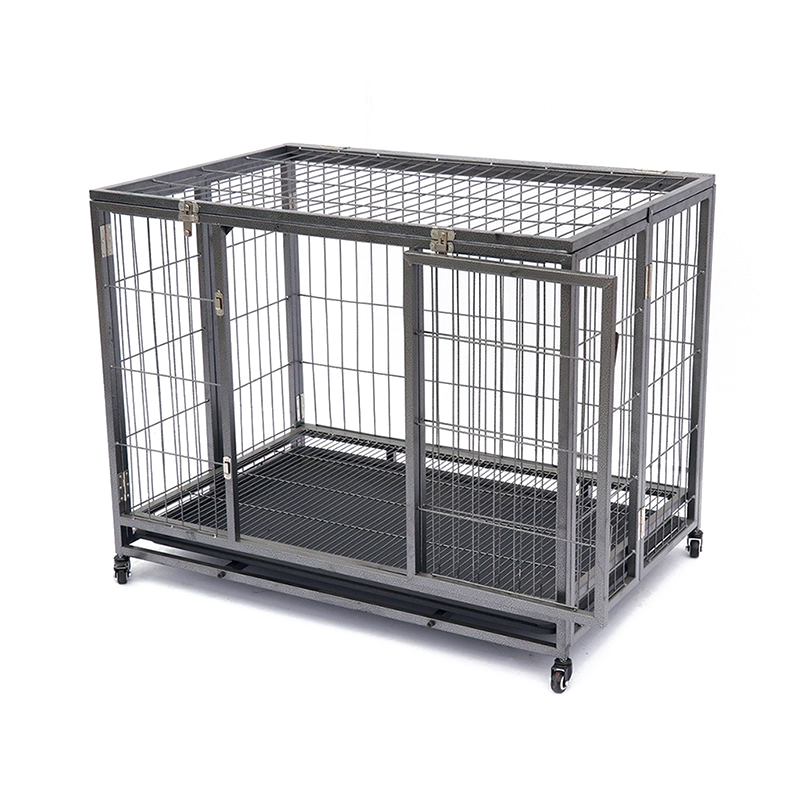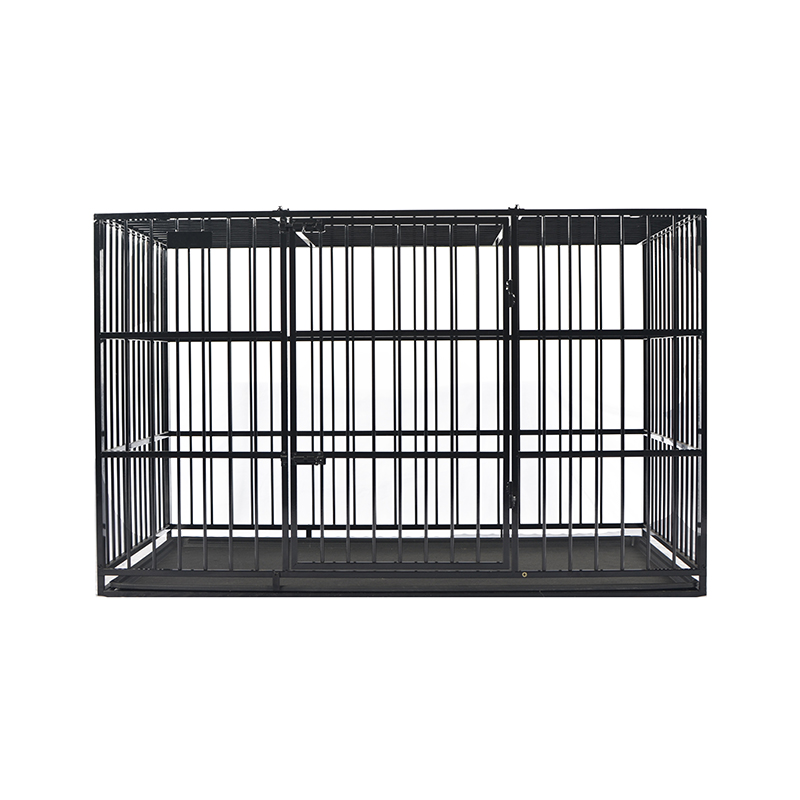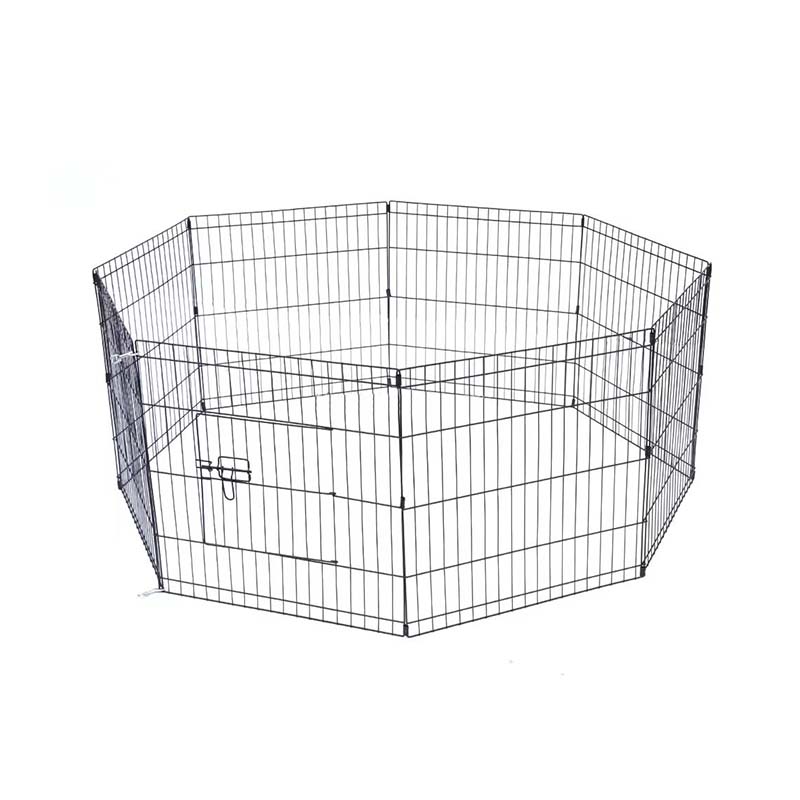What are the key points in birdcage ventilation and safety design?
Key Points in Bird cage Ventilation and Safety Design
1. Ventilation Location and Air Flow
Place the Bird cage in a sunny, well-ventilated location to ensure natural breezes flow through the cage, keeping the air fresh and preventing bacterial growth.
A design combining fully enclosed mesh with adjustable vents ensures even air distribution, meeting the bird's need for fresh air while protecting it from strong winds.
2. Material and Rust-Proofing Treatment
Thickened stainless steel is used and treated with three rust-proofing steps to ensure the cage remains durable and lightweight even in humid environments.
An anti-corrosion coating is applied to the metal mesh and frame to prevent rust from long-term use, extending its lifespan.
3. Bar Spacing and Escape Prevention
The bar spacing is scientifically calculated to prevent small birds from accidentally escaping while discouraging medium-sized parrots from prying open the cage with their beaks, ensuring the bird can move freely within a safe range. A double-layer protective structure is used: a fine mesh outer layer and slightly wider steel bars inner layer, creating a multi-layered protective barrier.
4. Entertainment Area and Activity Space
Design a dedicated entertainment area inside the cage and hang natural toys to satisfy the bird's curiosity and exercise needs.
Design a spacious activity platform to ensure the bird can fly and climb freely within the cage, improving its quality of life.
How to properly clean and disinfect the Bird cage?
1. Daily Cleaning
Rinse the dung tray, perches, and drinking trough with clean water daily to remove feces and food residue to prevent bacterial growth.
Clean the food box daily; if using pelleted feed, change it every three days to maintain food hygiene.
2. Periodic Deep Cleaning
Soak and clean the entire cage every 3–5 days with warm soapy water, focusing on removing dirt and stains on the bottom and mesh.
Disinfect wooden fittings only when necessary to avoid mold caused by prolonged submersion in water.
3. Disinfection Procedure
Use a bird-safe disinfectant (such as F10 Disinfectant) and spray the undercarriage for a preliminary disinfection. Then, treat the hardened droppings with a biodegradable agent. Rinse thoroughly and spray again to ensure no parasites remain in hidden areas, such as corners.
4. Care for Special Materials
For acrylic or transparent plastic parts, wipe with a soft, alcohol-free cloth to avoid scratching the surface.
Metal mesh can be brushed regularly with a soft brush to remove fine particles and keep ventilation holes clear.
Whether you want to become our partner or need our professional guidance or support in product selections and problem solutions, our experts are always ready to help within 12 hours globally.
 CONTACT US
CONTACT US


 EN
EN
 English
English 中文简体
中文简体













